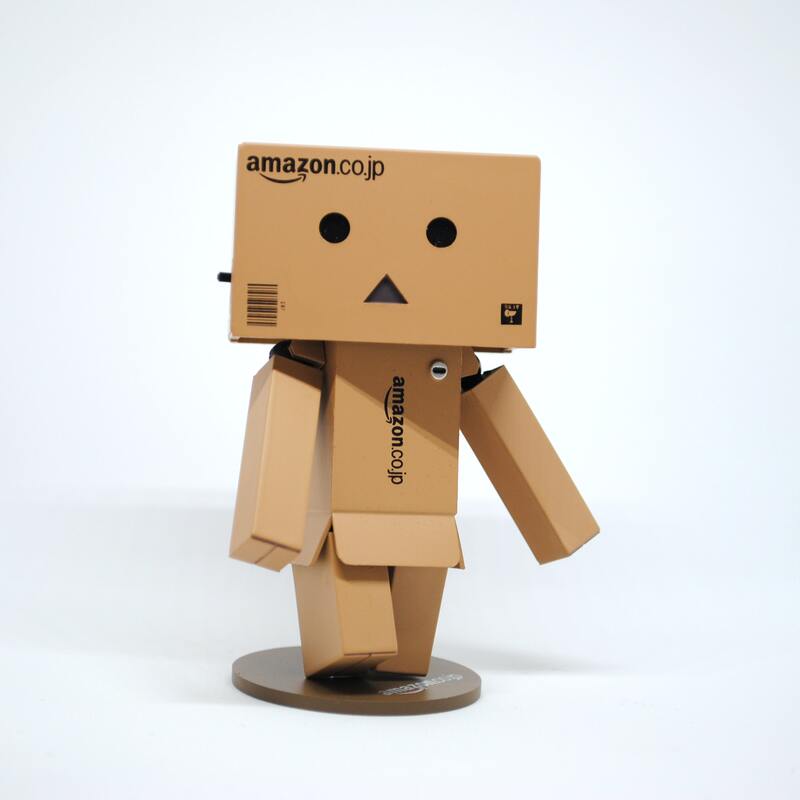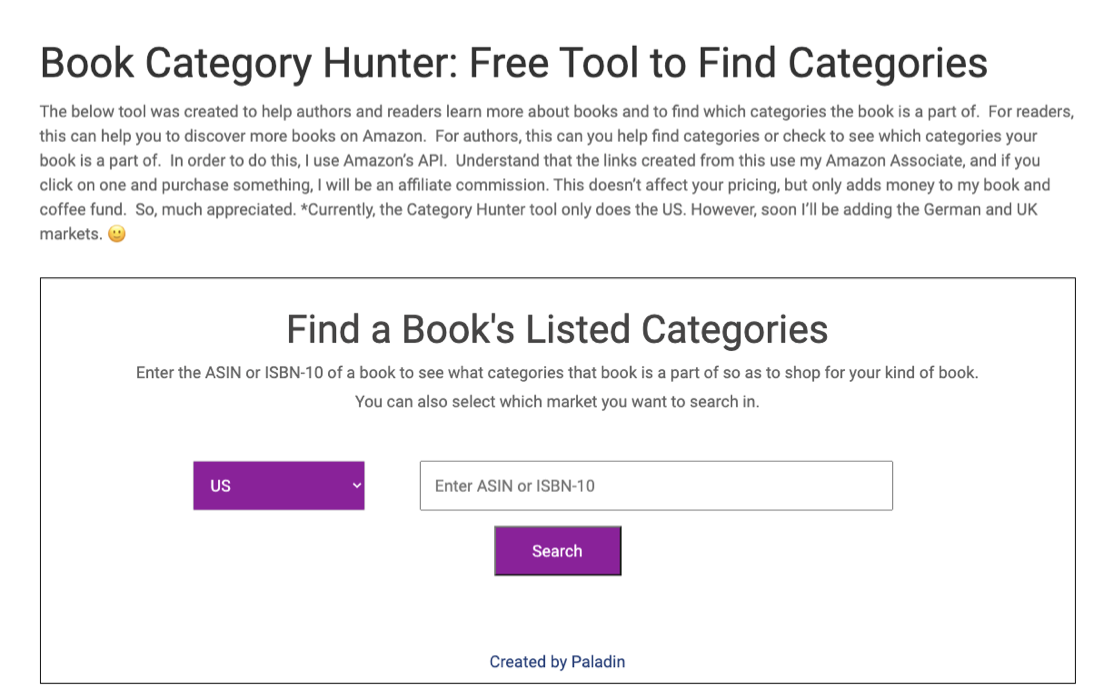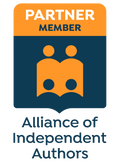|
KDP categories are the sections of the Amazon websites in which readers can find your book and, combined with keywords, they help determine the ranking of your product page in the search results. But you need to keep in mind that KDP categories are not the same as Amazon categories. The categories shown on KDP when you go to publish your book are BISAC categories (Book Industry Standards and Communications). This is a universal base category system, a series of categories that most libraries, bookshops and online retailers use as an industry-standard classification system. Big publishing companies use BISACs to easily disseminate new books across the market. When you select the categories for your book on the KDP platform, Amazon then uses metadata to create equivalent Amazon categories, which can be BISAC categories but can also be totally different. Just to give you an idea, the number of BISAC categories available is a little under 4,000, while there are over 16,000 Amazon categories. What’s more, Amazon categories constantly change with the market – if customers are suddenly looking for books about cats, then a cat category will appear on the Kindle store. BISACs, however, remain pretty much the same. This is why you need to know how to find and choose the best Amazon categories for your book, rather than just the BISACs. Here are a few strategies to do that:
We hope this article gave you a good understanding of Amazon categories. The market is difficult and competitive, and we know that researching categories and keywords for your book is a full-time job that often leaves you feeling like you’re stumbling in the dark. There are bits of software to help with keyword and category search, but they are expensive and can be a steep learning curve. Besides, you don’t want all this marketing to distract you from your writing. Our experts at Rowanvale Books can help you boost your sales through a bespoke Amazon Analysis service. Check it out and get in touch with us!
0 Comments
|
Archives
April 2024
Categories
All
|



 RSS Feed
RSS Feed

